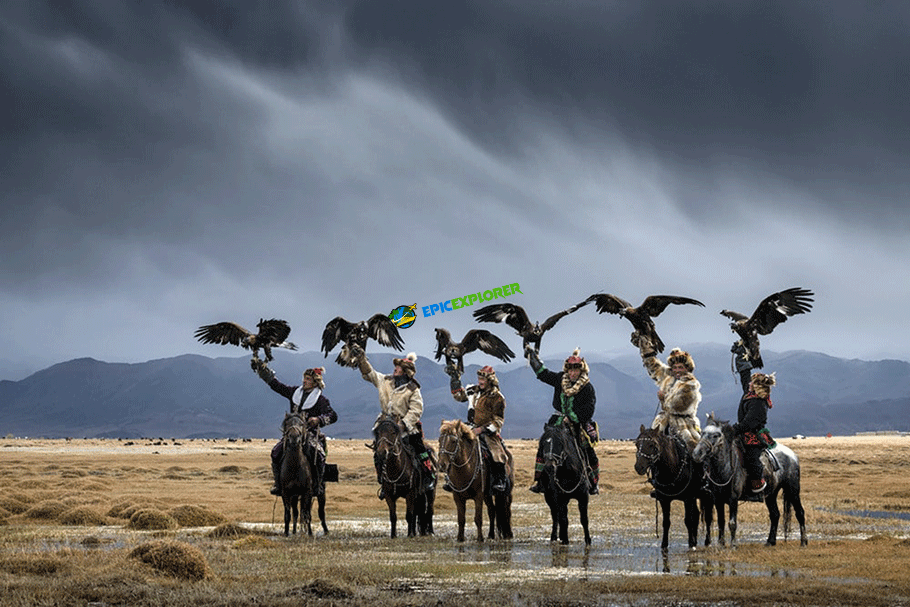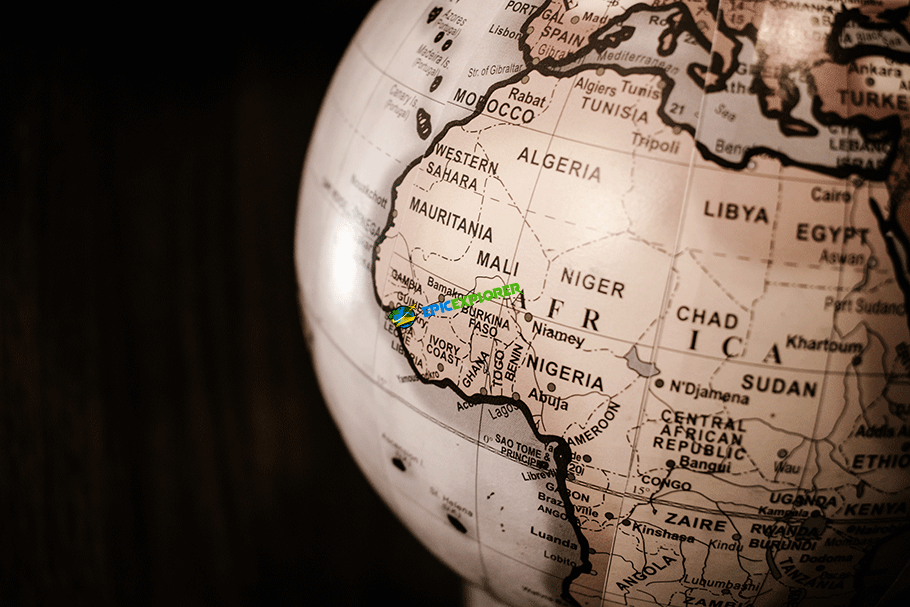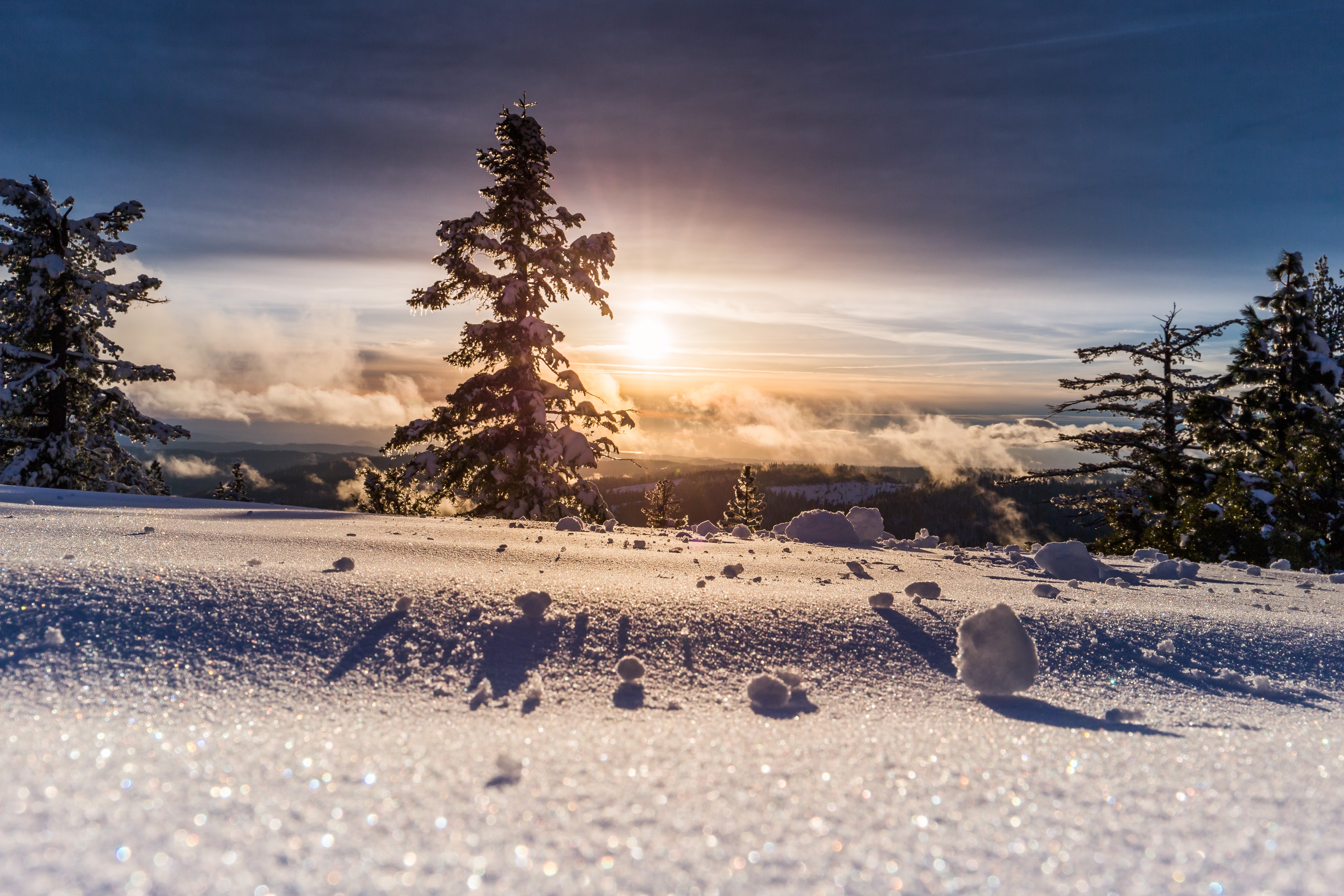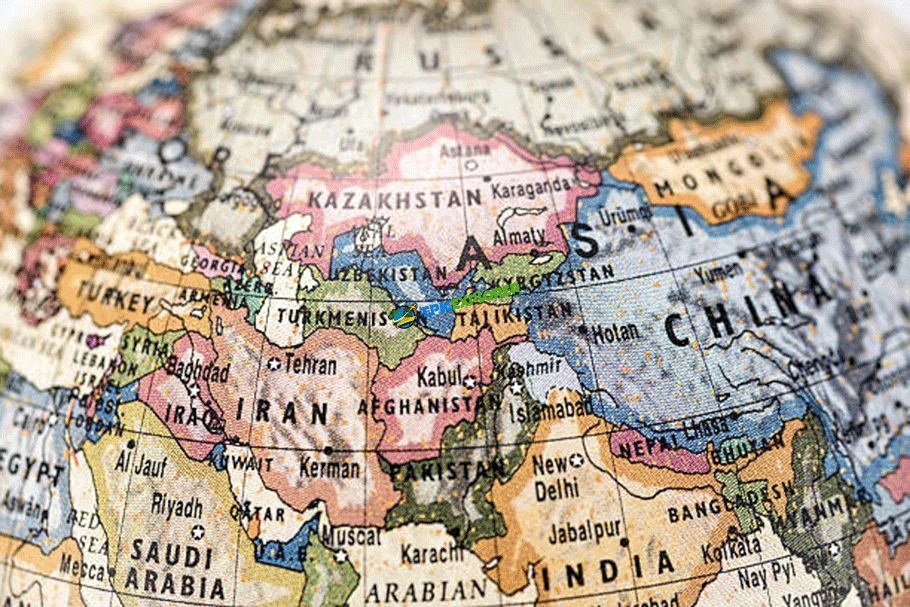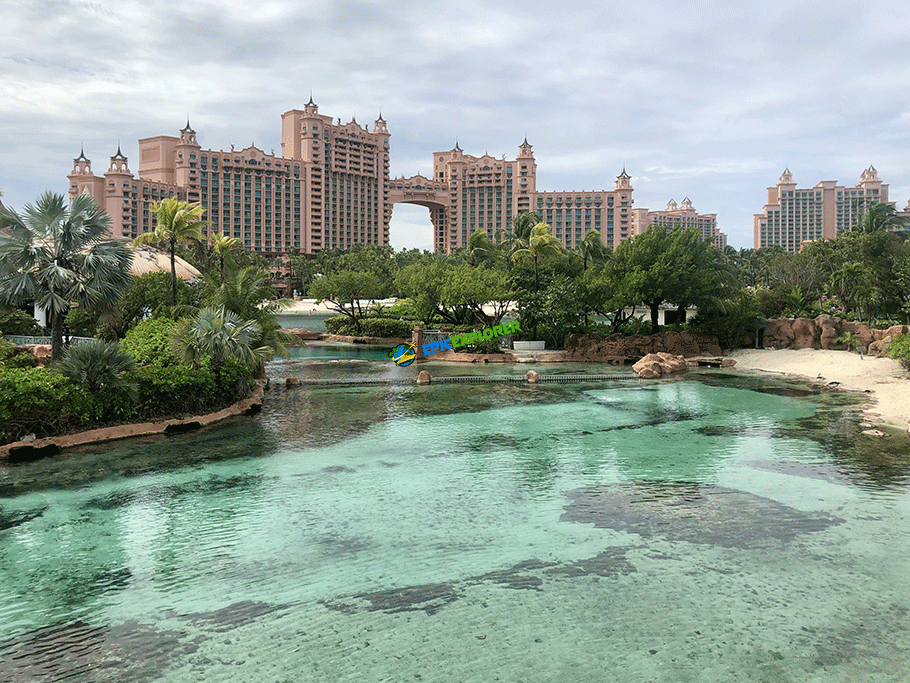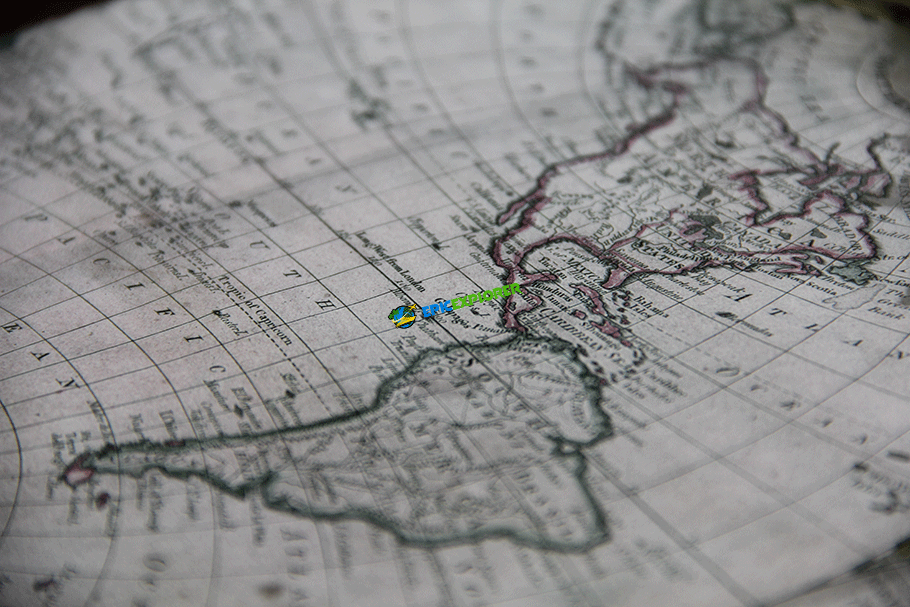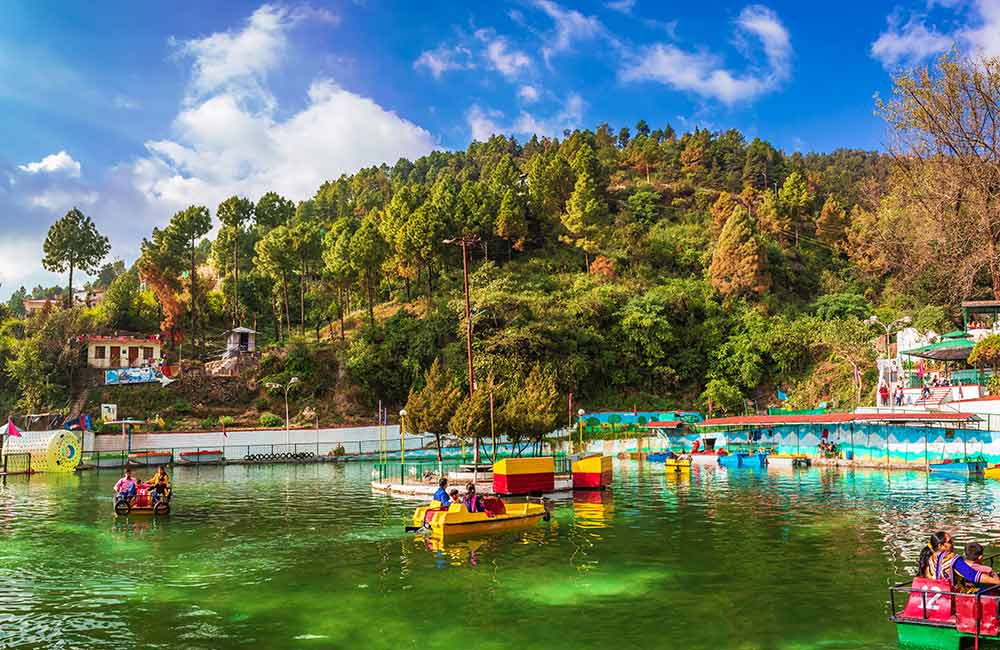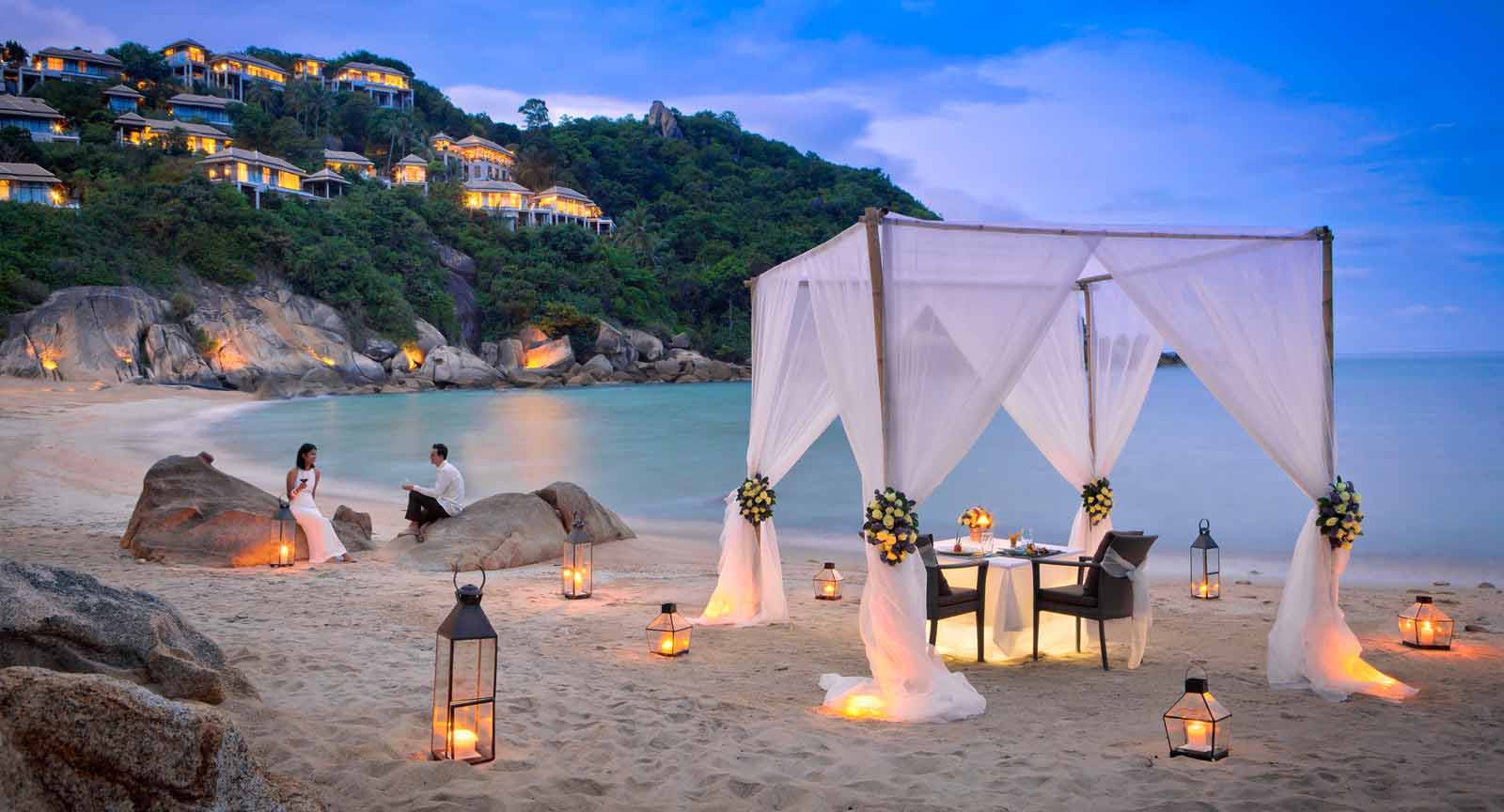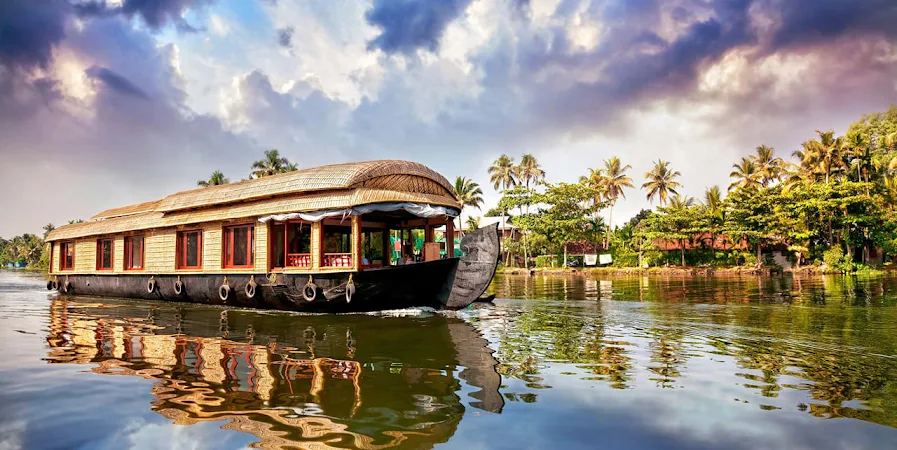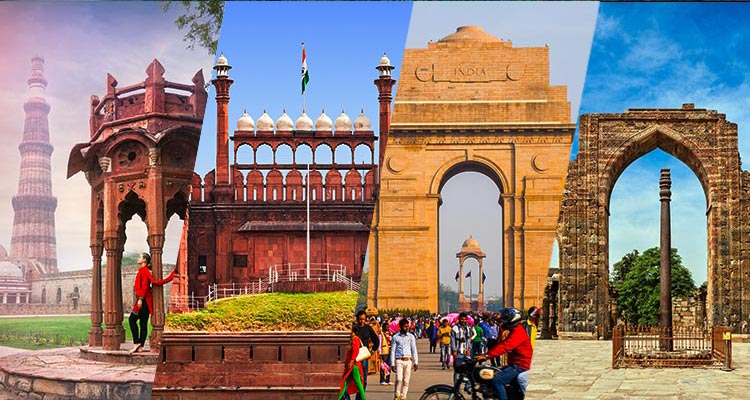Discovering Mongolia: Top 10 Cities to Explore its Rich Heritage and Natural Beauty
Mongolia, known for its vast steppes, nomadic culture, and rich history, offers a unique travel experience for adventurers seeking to explore its cities and landscapes.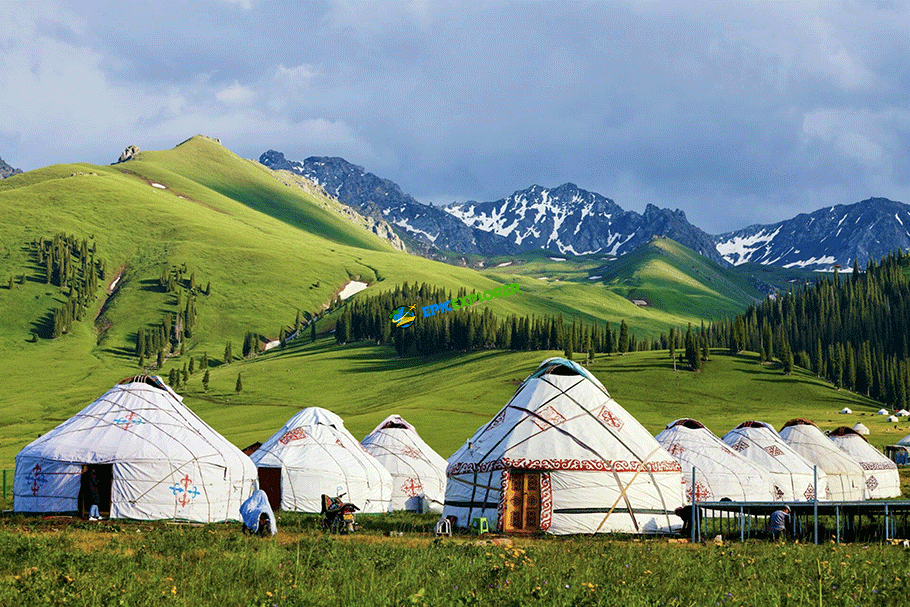
From the capital city of Ulaanbaatar to the historic town of Kharkhorin, each city provides insights into Mongolia's heritage and natural beauty.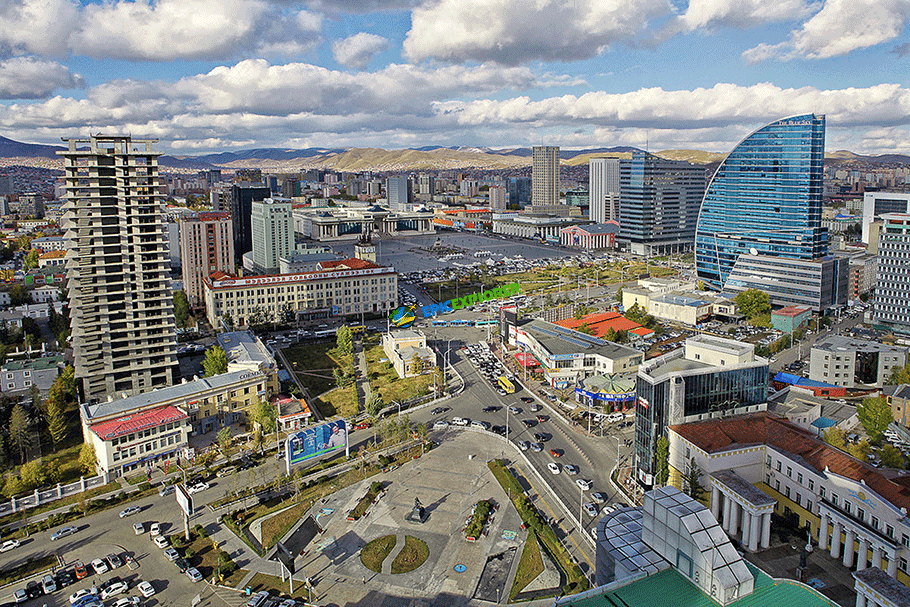
1. Ulaanbaatar - Capital City
Brief History: Ulaanbaatar, Mongolia's capital and largest city, has a rich history dating back over 370 years. Originally established as a nomadic Buddhist monastic center, it became a permanent settlement in the 17th century under the rule of the Qing Dynasty. Over the centuries, Ulaanbaatar grew into a major trading hub along the Silk Road and later served as the capital of the Mongolian People's Republic during the Soviet era. Today, it is a bustling metropolis known for its mix of modernity and tradition.
Best Places to Visit:
- Gandantegchinlen Monastery: A Buddhist monastery housing a large statue of Avalokiteshvara, known as the "Buddha of Compassion," and serving as a center for religious practice and cultural events.
- Sukhbaatar Square: The central square of Ulaanbaatar, named after Mongolian revolutionary hero Sukhbaatar, featuring the iconic statue of Genghis Khan on horseback and surrounded by government buildings and museums.
- National Museum of Mongolia: A comprehensive museum showcasing Mongolia's history, culture, and heritage through exhibits on archaeology, ethnography, and art.
Best Time to Visit: The best time to visit Ulaanbaatar is during the summer months from June to August when the weather is warm and ideal for outdoor exploration. However, travelers should be prepared for occasional rainfall and fluctuating temperatures.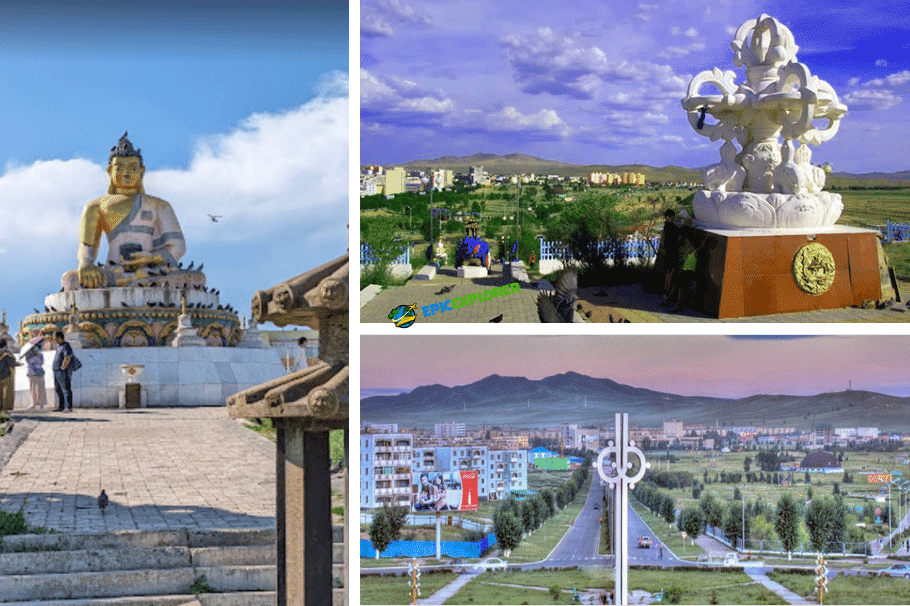
2. Darkhan - Industrial Hub
Brief History: Darkhan, located in northern Mongolia, is a relatively young city with a history dating back to the mid-20th century. It was founded in 1961 as an industrial center to support Mongolia's economic development, particularly in mining and manufacturing. Darkhan's strategic location along the Trans-Mongolian Railway has contributed to its growth as a transportation hub and commercial center.
Best Places to Visit:
- Darkhan City Museum: A cultural institution showcasing the history and heritage of Darkhan and its surrounding region through exhibits on archaeology, ethnography, and local folklore.
- Kharaa River Valley: A scenic area near Darkhan offering opportunities for hiking, fishing, and camping amidst picturesque landscapes of forests, rivers, and mountains.
- Darkhan Central Market: A bustling marketplace where visitors can sample local cuisine, purchase handicrafts, and interact with vendors selling a variety of goods.
Best Time to Visit: The best time to visit Darkhan is during the summer months from June to August when the weather is mild and suitable for outdoor activities. Travelers can also experience the Naadam Festival, Mongolia's largest traditional festival, held in July.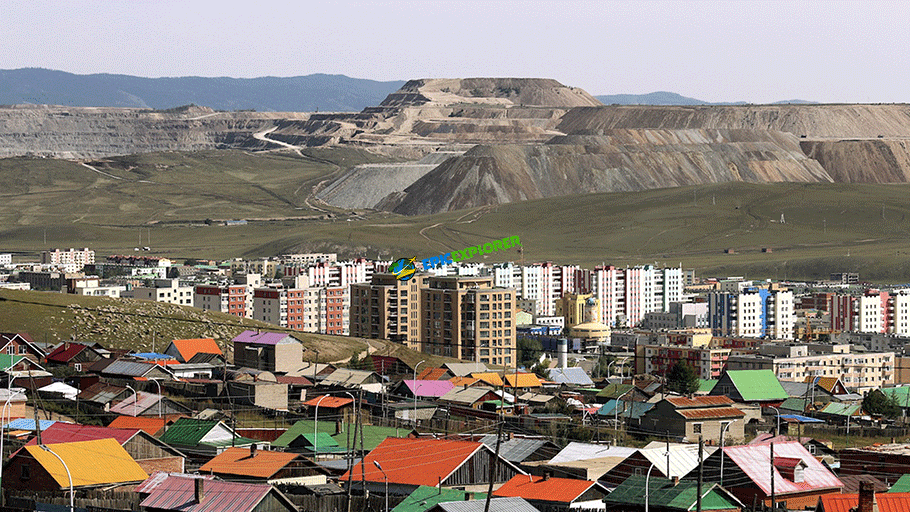
3. Erdenet - Copper Mining Town
Brief History: Erdenet, located in northern Mongolia, is known for its large copper mining operation, which began in the 1970s with assistance from the Soviet Union. The city was planned and developed to support the mining industry, and its population grew rapidly as workers migrated to the area in search of employment opportunities. Today, Erdenet is one of Mongolia's largest urban centers and a key contributor to the country's economy.
Best Places to Visit:
- Erdenet Mining Corporation Museum: A museum dedicated to the history of copper mining in Erdenet, featuring exhibits on geology, mineralogy, and the mining process.
- Orkhon Valley: A UNESCO World Heritage Site located near Erdenet, known for its scenic beauty, ancient archaeological sites, and nomadic culture, offering opportunities for hiking, horseback riding, and cultural immersion.
- Chandmani-Öndör National Park: A protected area near Erdenet featuring diverse ecosystems, including forests, grasslands, and lakes, and providing habitat for wildlife such as deer, wolves, and eagles.
Best Time to Visit: The best time to visit Erdenet is during the summer months from June to August when the weather is mild and conducive to outdoor activities. Travelers can also explore the surrounding countryside and enjoy the lush landscapes.
4. Kharkhorin - Ancient Capital
Brief History: Kharkhorin, also known as Karakorum, was the capital of the Mongol Empire in the 13th century and served as the political, cultural, and economic center of the empire under the reign of Genghis Khan and his successors. Founded in 1220, Kharkhorin was a cosmopolitan city with merchants, scholars, and artisans from across Asia. Although it declined in importance after the fall of the Mongol Empire, it remains a symbol of Mongolia's rich history and heritage.
Best Places to Visit:
- Erdene Zuu Monastery: A Buddhist monastery founded in 1586, built using the ruins of Kharkhorin's ancient walls, featuring ornate temples, stupas, and a museum showcasing religious artifacts and historical relics.
- Kharkhorin Museum: A cultural institution dedicated to preserving the history and heritage of Kharkhorin and the Mongol Empire, with exhibits on archaeology, art, and traditional crafts.
- Orkhon Valley Archaeological Site: A UNESCO World Heritage Site located near Kharkhorin, featuring ancient ruins, burial mounds, and stone monuments dating back to the Mongol Empire and earlier civilizations.
Best Time to Visit: The best time to visit Kharkhorin is during the summer months from June to August when the weather is warm and suitable for outdoor exploration. Travelers can also experience the Naadam Festival, held in July, which includes traditional Mongolian sports and cultural performances.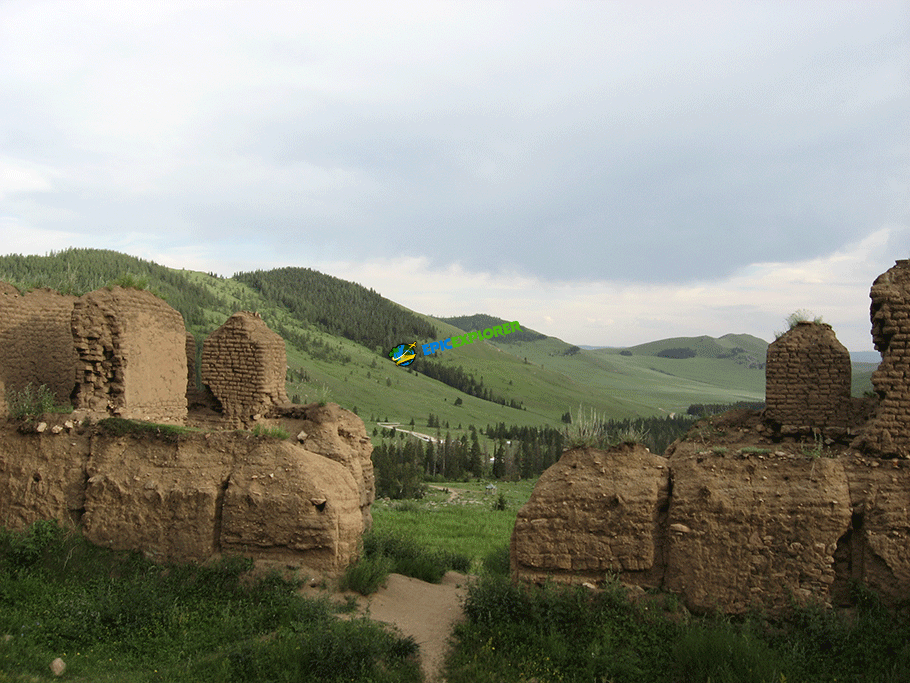
5. Töv Province - Cultural Heartland
Brief History: Töv Province, located in central Mongolia, is known as the cultural heartland of the country, home to many important historical and cultural sites. The province has a long history dating back to ancient times when it was inhabited by nomadic tribes and served as a center of trade and commerce along the Silk Road. Today, Töv Province is known for its scenic landscapes, traditional lifestyle, and cultural heritage.
Best Places to Visit:
- Terelj National Park: A popular destination for outdoor enthusiasts, featuring rugged mountains, lush forests, and unique rock formations, as well as opportunities for hiking, horseback riding, and camping.
- Manzushir Monastery Ruins: The remains of a Buddhist monastery founded in the 18th century, located in the Bogd Khan Mountain range, offering panoramic views of the surrounding countryside and insights into Mongolia's religious history.
- Khustain Nuruu National Park: A protected area known for its population of wild Przewalski's horses, as well as other wildlife such as red deer, marmots, and eagles, providing opportunities for wildlife viewing and photography.
Best Time to Visit: The best time to visit Töv Province is during the summer months from June to August when the weather is warm and conducive to outdoor activities. Travelers can also experience traditional nomadic culture and hospitality by staying in ger camps and participating in local festivals.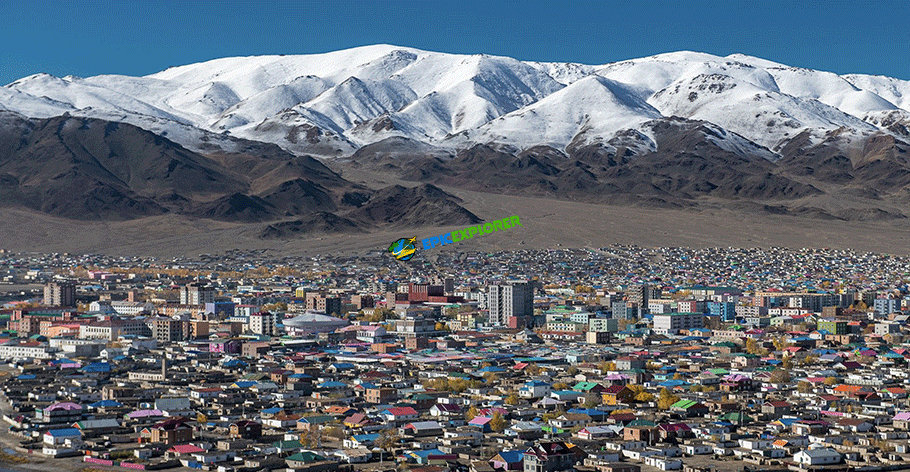
6. Ölgii - Gateway to Western Mongolia
Brief History: Ölgii, located in western Mongolia, is the capital of Bayan-Ölgii Province and serves as the gateway to the Altai Mountains and the Kazakh culture of western Mongolia. The city was founded in the early 20th century as a trading post and administrative center for the region's nomadic tribes. Today, Ölgii is known for its diverse population, stunning natural scenery, and unique cultural heritage.
Best Places to Visit:
- Altai Tavan Bogd National Park: A vast wilderness area encompassing snow-capped mountains, alpine lakes, and glaciers, as well as archaeological sites and petroglyphs dating back thousands of years, offering opportunities for trekking, mountaineering, and cultural exploration.
- Kazakh Eagle Hunter's Village: A traditional Kazakh village where visitors can experience the ancient art of eagle hunting, practiced by the Kazakh nomads for centuries, and learn about their customs, traditions, and way of life.
- Central Mosque of Ölgii: A prominent Islamic landmark in Ölgii, featuring traditional Kazakh architecture and serving as a center for religious worship and community events.
Best Time to Visit: The best time to visit Ölgii is during the summer months from June to August when the weather is mild and suitable for outdoor activities. Travelers can also experience the Golden Eagle Festival, held in October, which celebrates the ancient tradition of eagle hunting.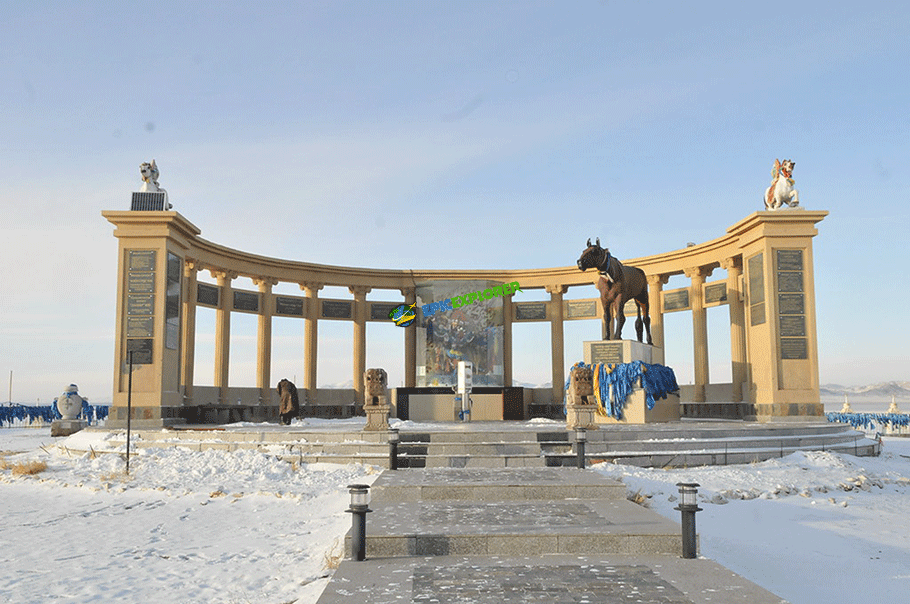
7. Arvaikheer - Cultural Center of Arkhangai Province
Brief History: Arvaikheer, located in central Mongolia, is the capital of Arkhangai Province and serves as its cultural and administrative center. The city has a long history dating back to ancient times when it was inhabited by nomadic tribes and served as a trading post along the Silk Road. Today, Arvaikheer is known for its cultural heritage, traditional crafts, and scenic surroundings.
Best Places to Visit:
- Tsetserleg Monastery: A Buddhist monastery located in the nearby town of Tsetserleg, known for its architectural beauty, religious significance, and stunning mountain backdrop.
- Chuluut River Canyon: A natural wonder located near Arvaikheer, featuring dramatic cliffs, rocky outcrops, and a meandering river, as well as opportunities for hiking, camping, and photography.
- Arkhangai Museum: A cultural institution in Arvaikheer showcasing the history, art, and culture of Arkhangai Province through exhibits on archaeology, ethnography, and traditional craftsmanship.
Best Time to Visit: The best time to visit Arvaikheer is during the summer months from June to August when the weather is warm and conducive to outdoor activities. Travelers can also experience the Naadam Festival, held in July, which includes traditional Mongolian sports and cultural performances.
8. Choibalsan - Cultural Capital of Dornod Province
Brief History: Choibalsan, located in eastern Mongolia, is the capital of Dornod Province and serves as its cultural, economic, and administrative center. The city was founded in the early 20th century and named after Khorloogiin Choibalsan, a prominent Mongolian political leader. Choibalsan played a significant role in Mongolia's socialist era and served as a hub for industry, agriculture, and education.
Best Places to Visit:
- Choibalsan Museum: A cultural institution showcasing the history and heritage of Dornod Province and its people through exhibits on archaeology, ethnography, and local folklore.
- Baldan Bereeven Monastery: A historic Buddhist monastery located near Choibalsan, known for its ornate temples, sacred relics, and scenic surroundings, offering opportunities for spiritual reflection and cultural immersion.
- Onon-Balj National Park: A protected area near Choibalsan featuring diverse ecosystems, including forests, rivers, and wetlands, as well as wildlife such as elk, deer, and migratory birds, providing opportunities for nature observation and photography.
Best Time to Visit: The best time to visit Choibalsan is during the summer months from June to August when the weather is warm and suitable for outdoor activities. Travelers can also explore the nearby countryside and experience traditional Mongolian culture.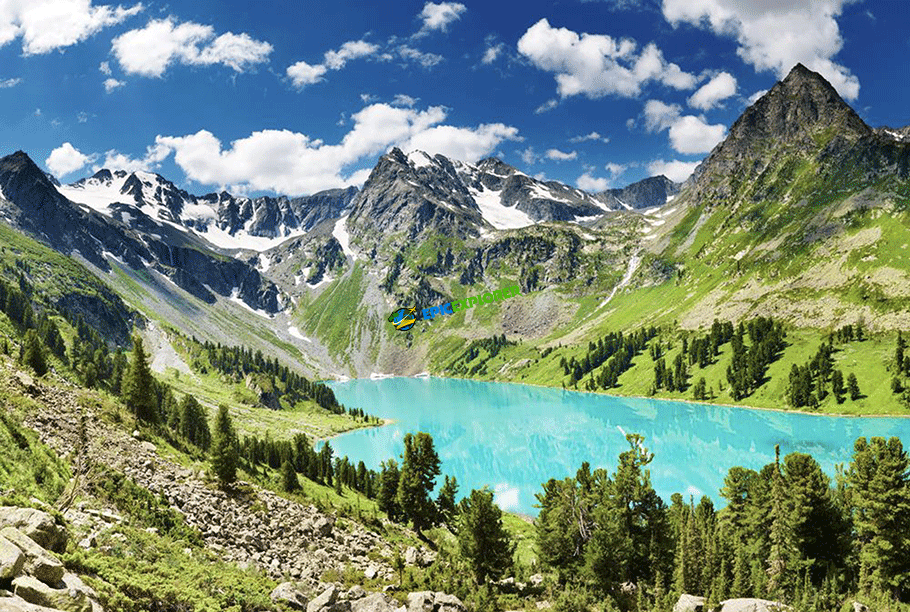
9. Altai - Adventure Capital of Bayan-Ulgii Province
Brief History: Altai, located in western Mongolia, is the largest town in Bayan-Ulgii Province and serves as its administrative and commercial center. The town was founded in the early 20th century as a trading post and military outpost along the Russian border. Today, Altai is known for its vibrant cultural scene, outdoor adventures, and proximity to the Altai Mountains and Altai Tavan Bogd National Park.
Best Places to Visit:
- Altai Mountains: A rugged mountain range in western Mongolia, known for its stunning beauty, diverse landscapes, and opportunities for trekking, mountaineering, and wildlife viewing.
- White River Valley: A scenic area near Altai featuring hot springs, waterfalls, and ancient petroglyphs, as well as opportunities for camping, fishing, and horseback riding.
- Altai Tavan Bogd Base Camp: A popular starting point for treks to the Altai Tavan Bogd peaks, offering accommodations, guide services, and equipment rentals for outdoor enthusiasts.
Best Time to Visit: The best time to visit Altai is during the summer months from June to August when the weather is warm and conducive to outdoor activities. Travelers can also experience the Kazakh Eagle Festival, held in September, which celebrates the ancient tradition of eagle hunting.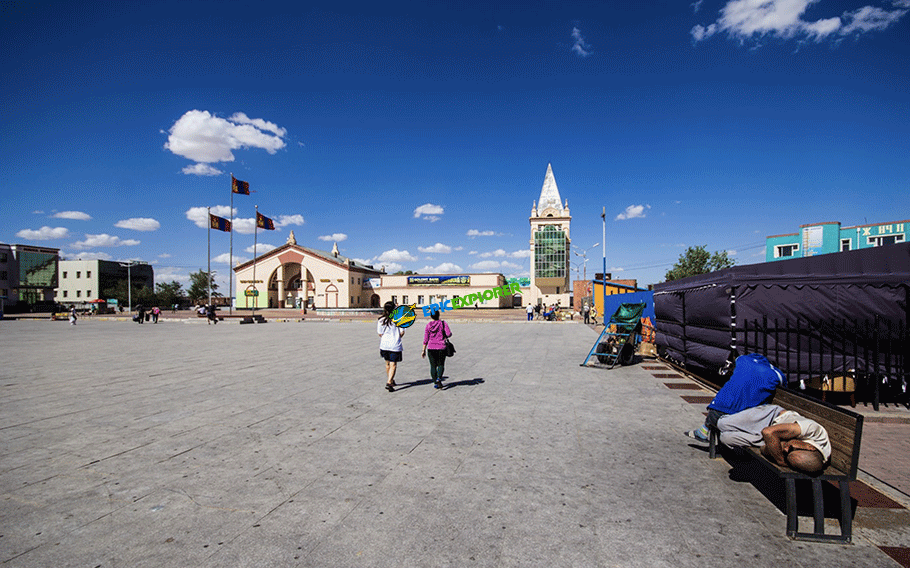
10. Zamyn-Uud - Border Town
Brief History: Zamyn-Uud, located in the southeastern part of Mongolia, is a border town near the Chinese border and serves as a gateway for trade and transportation between Mongolia and China. The town was established in the early 20th century as a railway junction and customs checkpoint along the Trans-Mongolian Railway. Today, Zamyn-Uud is a bustling hub for cross-border commerce, with a vibrant market, transportation facilities, and cultural diversity.
Best Places to Visit:
- Zamyn-Uud Border Crossing: A strategic checkpoint for travelers crossing between Mongolia and China, offering insights into international trade and immigration procedures.
- Zamyn-Uud Market: A bustling marketplace where visitors can find a variety of goods, including clothing, electronics, and local handicrafts, as well as sample Mongolian and Chinese cuisine.
- Gobi Desert: A vast desert region located near Zamyn-Uud, known for its unique landscapes, dinosaur fossils, and archaeological sites, as well as opportunities for camel trekking, sand dune exploration, and stargazing.
Best Time to Visit: The best time to visit Zamyn-Uud is during the summer months from June to August when the weather is warm and suitable for outdoor activities. Travelers can also explore the Gobi Desert and experience the annual Naadam Festival, held in July.
Mongolia's cities offer a fascinating blend of history, culture, and natural beauty, providing travelers with a unique opportunity to explore the country's diverse landscapes and heritage. Whether you're interested in ancient history, outdoor adventures, or cultural experiences, Mongolia has something to offer for every type of traveler.

